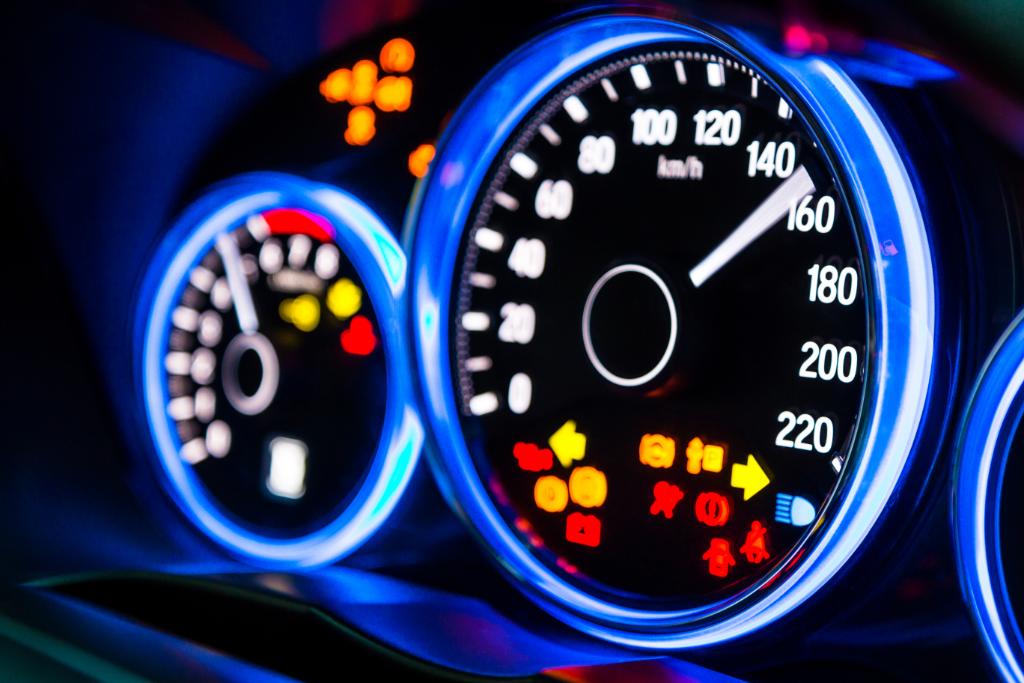Your ride is perfectly happy to tell you when something’s wrong. But you have to listen. Understanding what warning lights do and don’t mean will help you help your vehicle.
Whether it’s an improperly closed door, or the dreaded check-engine alert, dashboard warning lights are how your car communicates with you when something goes wrong.
They light every time you start your vehicle, illuminated briefly as your car warms up and makes sure all systems are safe and ready to go. Occasionally one light might stay on, indicating there’s a problem. Be equally alert if one or more warning lights don’t briefly illuminate. If they aren’t functioning, you might not be able to detect a problem they’d warn you about.
But if you don’t understand what a warning light means—or choose to ignore it—a small problem could turn into a bigger, more expensive, and potentially dangerous issue. And even the savviest car owner can have trouble deciphering the message a warning light is trying to convey.
CHECK ENGINE
The check engine light is arguably the most notorious dashboard warning. When it illuminates, it indicates that your vehicle’s onboard diagnostic system has detected a problem with the engine, transmission, or emission control system. While the light alone doesn’t pinpoint the issue, it’s a signal to have your car inspected. Ignoring it might lead to reduced fuel efficiency, increased emissions, or potential damage to the engine. A prompt visit to a mechanic will help diagnose and address the underlying problem.
<style>/*! elementor - v3.19.0 - 07-02-2024 */.elementor-widget-image{text-align:center}.elementor-widget-image a{display:inline-block}.elementor-widget-image a img[src$=”.svg”]{width:48px}.elementor-widget-image img{vertical-align:middle;display:inline-block} 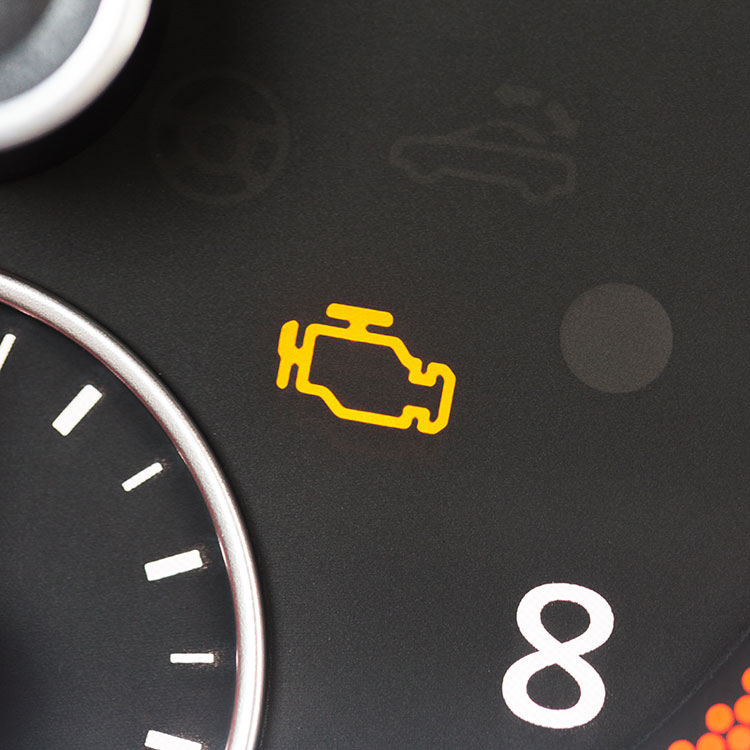

BATTERY
The battery light warns you of an issue with your car’s charging system. It could mean a faulty battery, a malfunctioning alternator, or issues with the electrical system. If this light comes on while driving, it’s wise to head to a service station or mechanic immediately. A failing charging system can leave you stranded if not addressed promptly.
COOLANT TEMPERATURE
This light signifies that your engine is running too hot. It could be due to low coolant levels, a malfunctioning thermostat, or a problem with the radiator. Overheating can cause serious engine damage, so if you see this light, pull over, turn off your engine, and let it cool down. Check coolant levels once the engine is cool, and if the problem persists, seek professional help.
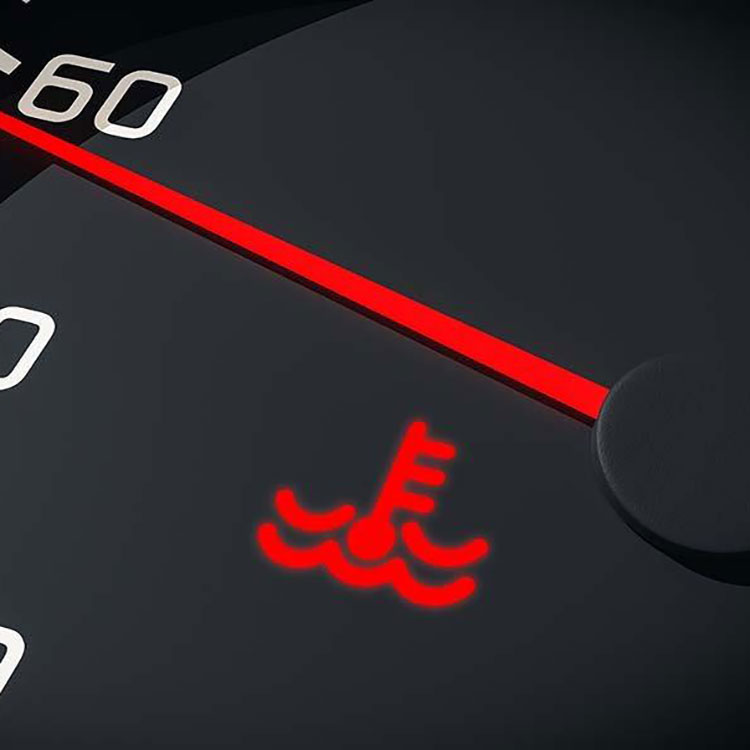
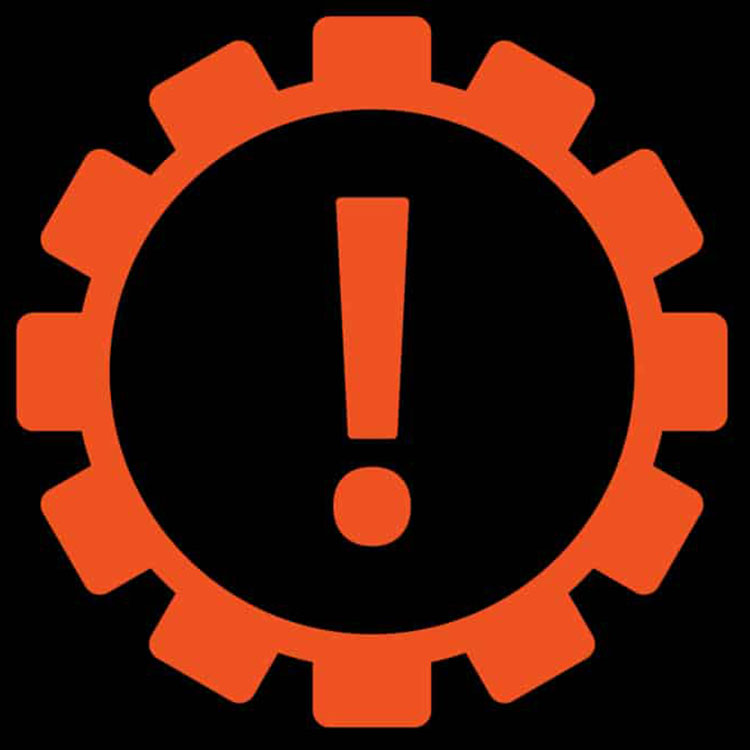
TRANSMISSION TEMPERATURE
If your vehicle is equipped with a transmission temperature warning light, it indicates that the transmission fluid is too hot. High temperatures can lead to transmission damage. Pull over, let the engine run in neutral, and allow the transmission to cool down. Ensure proper fluid levels and seek professional assistance if the light persists.
OIL PRESSURE WARNING
The oil pressure light alerts you to low oil pressure, which can lead to engine damage if not addressed promptly. Pull over, turn off the engine, and check oil levels. If they are low, top up immediately. If the light persists, it’s crucial to seek professional assistance to avoid potential engine failure.

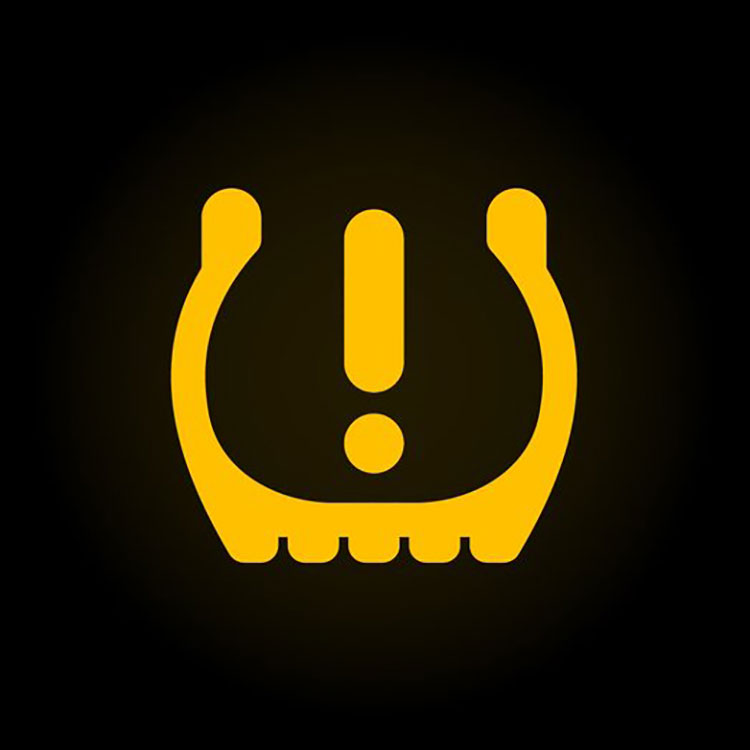
TIRE PRESSURE MONITORING SYSTEM
This light indicates that one or more of your tires has low pressure. Ignoring it can lead to reduced fuel efficiency, poor handling, and increased tire wear. Check your tire pressures regularly and inflate them to the recommended levels. If the light persists, there may be a puncture or a malfunction in the tire pressure monitoring system that requires attention.
BRAKE SYSTEM
The brake system warning light can signify various issues, such as low brake fluid, worn brake pads, or a malfunction in the brake system. If you see this light, it’s crucial to have your brakes inspected immediately. Ignoring brake issues can compromise your vehicle’s safety and lead to brake failure.
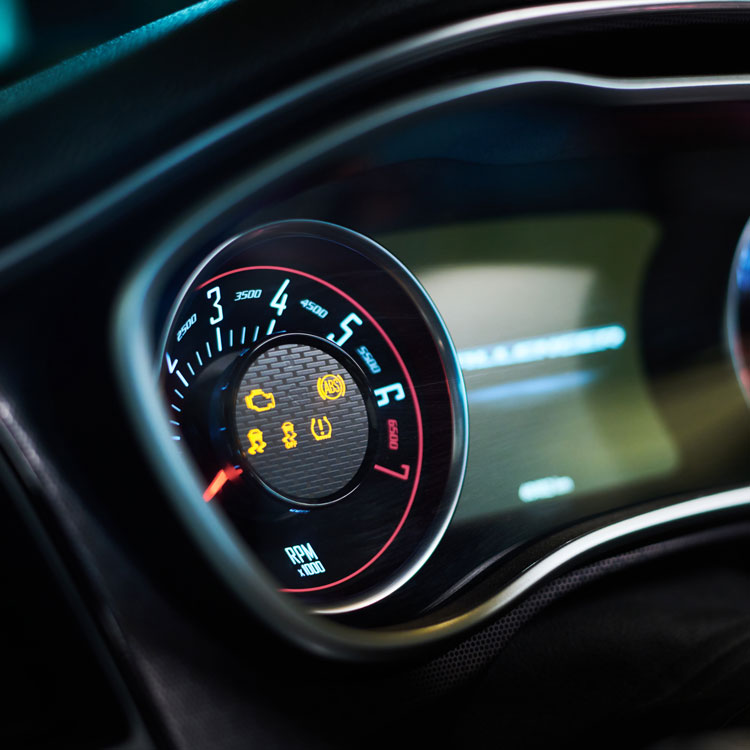

TRACTION CONTROL, STABILITY CONTROL
These lights indicate a problem with your vehicle’s traction control or stability control systems. They are designed to enhance safety and control during driving. If these lights come on, it’s advisable to have your vehicle inspected, as issues with these systems can affect stability and handling.
AIRBAG WARNING
The airbag warning light signals a problem with your vehicle’s airbag system. It could mean that the airbags won’t deploy in the event of an accident. If this light is on, seek professional assistance to diagnose and fix the issue promptly, ensuring your safety in case of a collision.
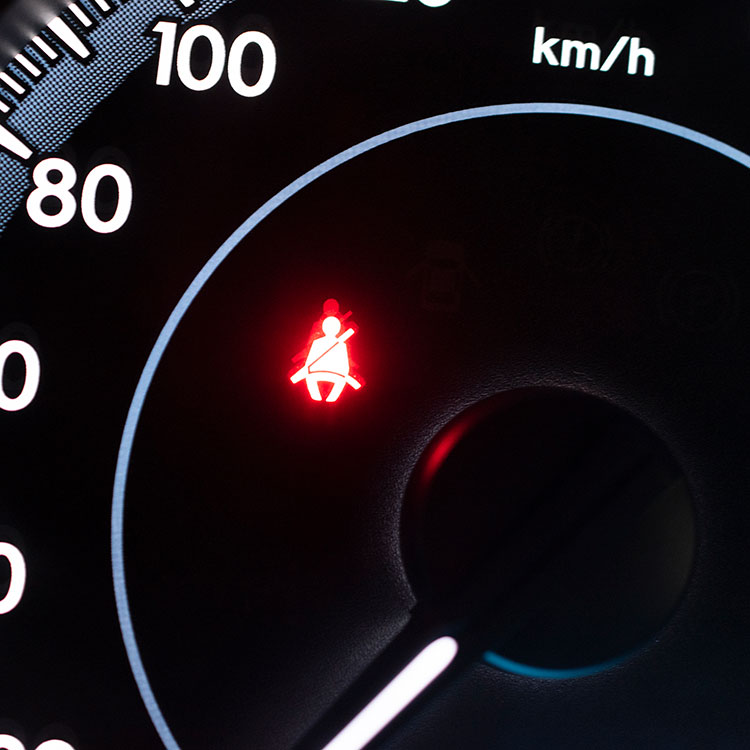
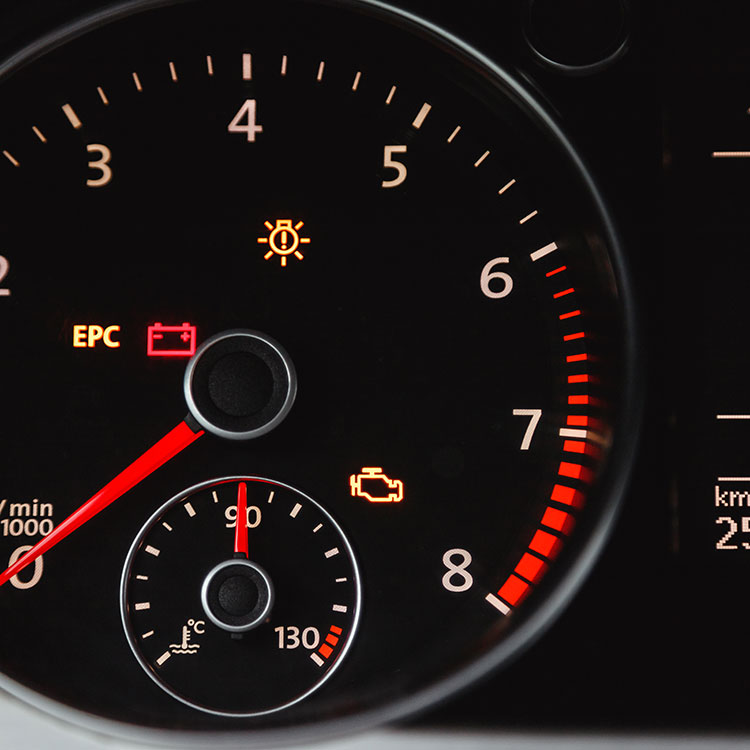
LAMP OUT
This light informs you that one of your external lights, such as a headlight or taillight, is not functioning. Replace the faulty bulb promptly to ensure visibility and comply with road safety regulations.
WASHER FLUID, DOOR OPEN, LOW FUEL
These lights are informative rather than warning of a critical issue. The washer fluid light indicates low windshield washer fluid, the door open light alerts you when a door is not properly closed, and the low fuel light warns you that your fuel level is running low. Attend to these signals promptly to maintain optimal driving conditions and prevent inconveniences.

In conclusion, dashboard warning lights are vital signals that your vehicle uses to communicate with you, ensuring your safety and the proper functioning of your car. Understanding these lights and promptly addressing any issues they indicate can prevent minor problems from escalating into major and potentially dangerous issues. Whether it’s the ominous check engine light or a simple reminder to refill washer fluid, each warning light serves a crucial purpose in maintaining your vehicle’s performance and your safety on the road. By listening to your car and taking action when necessary, you can help prolong the life of your vehicle and avoid costly repairs down the road.
